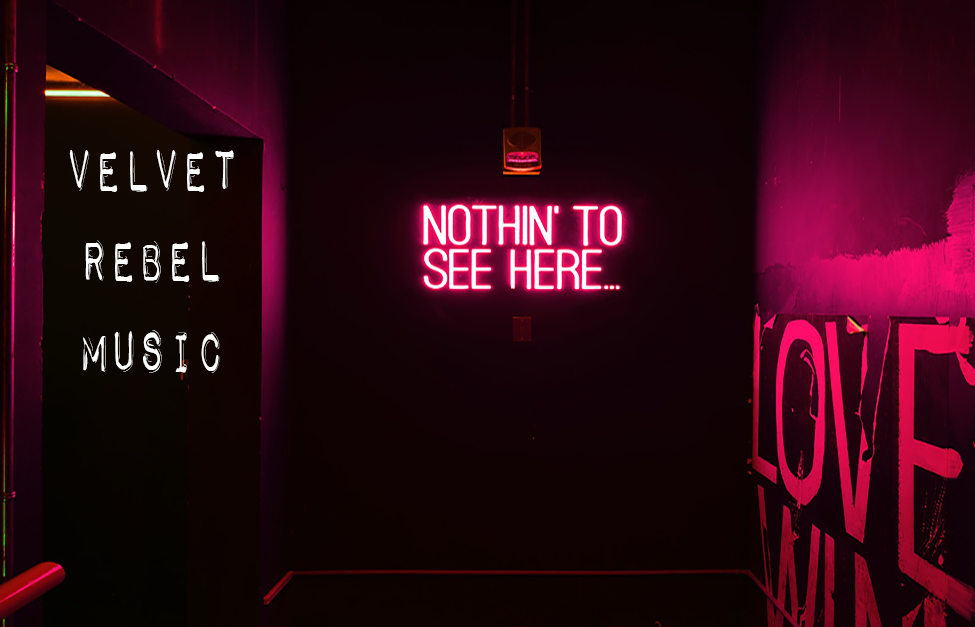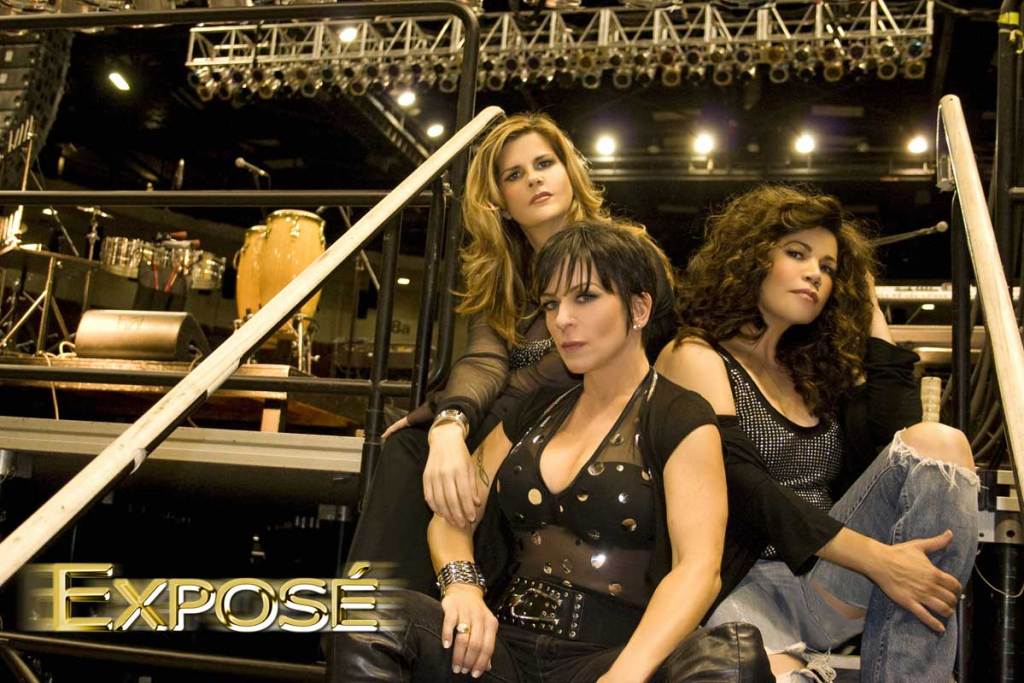Growing up in South Florida, local radio station Power 96 (WPOW) was spinning artists such as Debbie Deb, Stevie B, Will To Power, and Linear. It wasn’t called freestyle at the time. For a kid listening to the radio and loving the rhythms, it was simply dance music. In fact, I never heard the term freestyle until a few years ago when I went to a freestyle festival. As the UK invasion through MTV started to wane in the late 80s, these “freestyle” artists briefly dominated the Top 40 charts and no group did that better than Exposé.
Released in March of 1987, Exposure delivered four top-ten Billboard pop hits – the most ever from a debut album by a group. Jeanette Jurado, Gioia Bruno, and Ann Curless became Exposé after songwriter-producer Lewis A Martinée originally found success with three other singers who departed after singing on two club hits (“Point Of No Return” and “Exposed To Love”). The new trio were formidable vocalists and each takes the lead on at least a few of the album’s tracks. It’s a winning formula and the ten tracks on Exposure sound fantastic even today.
Not only does Exposure rarely get mentioned as one of the best pop albums of the 1980s, the influence of the album on other bands doesn’t get nearly enough attention. “Love Is Our Destiny” seems like the most obvious freestyle precursor to the Pet Shops Boys’ “Domino Dancing”. In fact, the Pet Shop Boys single was produced by Martinée as more and more artists shifted their attention to freestyle as the 80s progressed. ABC’s Miami Mix of “When Smokey Sings” is another irresistible example of a UK pop group bringing freestyle into their sound.
Another act that was already dabbling in the style was Duran Duran who brought in the Latin Rascals for a legendary remix of “Notorious”. From the same album, the “Meet El Presidente” single mix turns up the Latin percussion and pushes Duran Duran into fresh territory. The lingering influence of freestyle can be felt on Big Thing with songs like “All She Wants Is” where freestyle and house start to blend into a new sound for the 1990s dance floors. A few years later, one half of the Latin Rascals, Tony Moran, would work with Exposé on a club remix of “Point of No Return” which appeared on their greatest hits compilation which re-positions song in a style that the original helped inspire.
With ten songs and a run time of under forty-two minutes, Exposure delivers an awful lot of memorable hooks and unexpected arrangements in a short time which is the blueprint for any fantastic pop album. Closer “December” starts down the autobahn with a Kraftwerk vibe but ends up as a huge ballad with a soaring chorus and a sax solo. The intro has been re-imagined countless times during the retro-wave revival in recent years and for good reason. Martinée’s production on this album is exquisite but, ultimately, it is the three women who make this album such a landmark recording in 80s pop.
Since winning a lawsuit over the band name in 2009, the band has been performing live and the songs are just as fresh and fun as they were in 1987. The freestyle scene will never receive the critical acclaim it probably deserves but it was music designed to get bodies moving and it still does. The group’s follow-up What You Don’t Know (1989) is better than I remembered but nothing can compare to Exposure. There’s a fraction of a second before “Come Go With Me” hits your body to open the album. It’s a short, ringing chord that really has no purpose but in the context of popular culture, it’s the moment when the Latin disco of New York City and Miami kicked open the doors of the club and takes over the dance floor.

